Ce que l'impression 3D peut apporter à la fabrication de moules
Traditionnellement, les processus de production les plus largement utilisés dans l'industrie ont été classés en deux groupes principaux :fabrication soustractive , principalement représentée par l'usinage CNC et la fabrication de formation ou de moulage , représentée par le moulage par injection et le moulage de précision. Les deux groupes ont vécu ensemble jusqu'à aujourd'hui, et le choix de l'un ou de l'autre a surtout dépendu de la complexité de la pièce, du matériau choisi ou du volume de fabrication.
Ces derniers temps, dans l'industrie, un troisième groupe a ouvert une brèche jusqu'à ce qu'il coexiste avec les deux précédents :la fabrication additive ou l'impression 3D. Sauf cas très particuliers ou applications très spécifiques, la fabrication et la formation tant soustractives qu'additives supportent actuellement un grand nombre de matériaux courants et sont capables de produire des pièces très complexes. C'est pourquoi, bien souvent, les critères de sélection de l'un ou de l'autre sont principalement basés sur le coût de production.
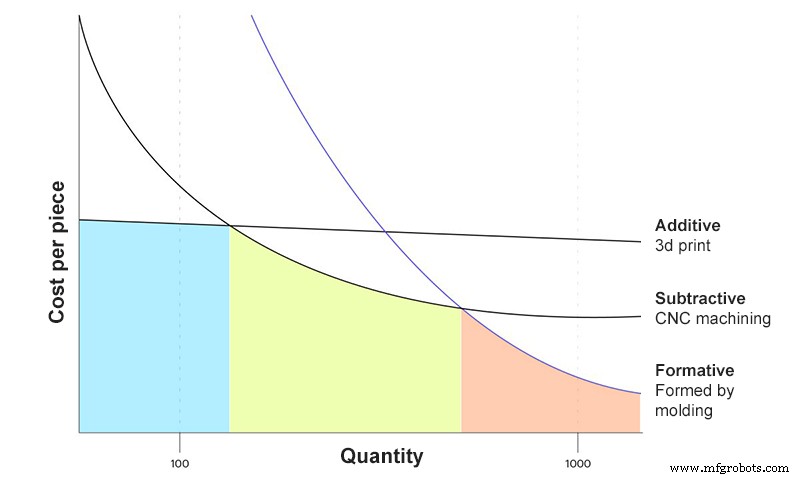
Image 1 :Courbes de coût unitaire basées sur le volume de production. Source :3Dhubs.com
En volumes de production faibles ou moyens , le moulage ne peut pas rivaliser avec la fabrication additive et l'usinage CNC , principalement en raison des coûts élevés d'amortissement des équipements et du besoin de moules coûteux. Cependant, lorsqu'il s'agit de fabrication de masse , le moulage est le roi incontesté.
Le formage par moulage nécessite la fabrication de moules pour moulage par injection, et négatifs en cire sacrificielle dans le cas du moulage à la cire perdue, qui à son tour nécessite également des moules ou des méthodes CNC pour leur production. Et c'est pourquoi l'usinage CNC est toujours nécessaire même dans les processus de formage par moulage , car traditionnellement c'est la méthode la plus courante dans la production de moules réutilisables.
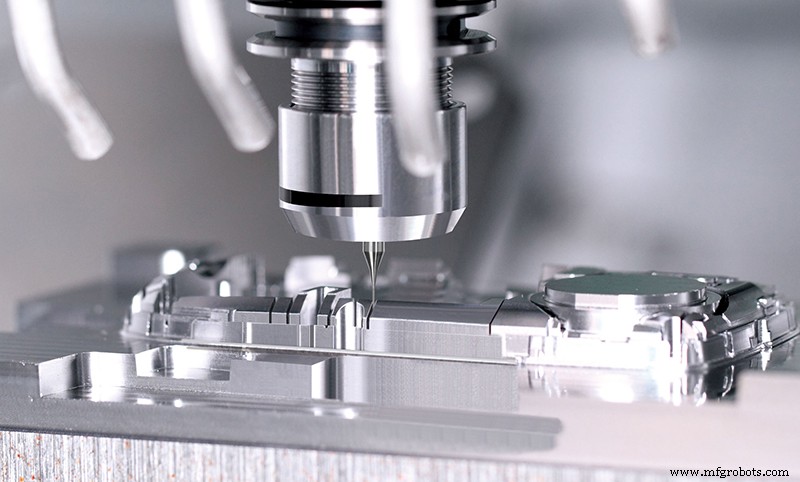
Image 2 :Moule de formage par injection. Source :https://commons.wikimedia.org/
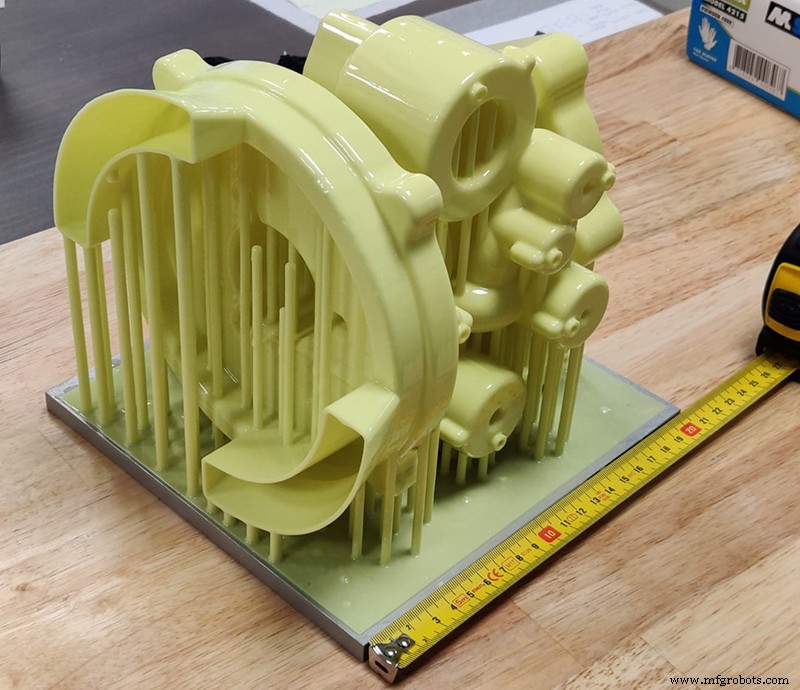
Image 3 :Modèle en cire pour moulage à la cire perdue . Source :https://commons.wikimedia.org/
Mais que peut apporter l'impression 3D au moulage ?
Casting d'investissement
Le moulage à la cire perdue consiste à appliquer un revêtement céramique sur un modèle sacrificiel en cire et à le calciner pour obtenir ainsi le moule . C'est un procédé largement utilisé dans la fabrication de composants mécaniques en fonte en raison de sa grande précision et du fait qu'il permet la réalisation de formes très complexes.
The main drawback of this process is that the mold is destroyed when the part is removed, so it is necessary to create a wax model and a mold for each part.
Video 1:Investment casting process. Source: Niagara Investment Castings
To produce the wax models, a permanent mold is required, generally machined from aluminum using CNC. This means that for low production volumes costs will skyrocket . Another alternative is to use CNC machining to produce the wax models in the case of prototypes or manufacturing of few units, but although the costs are reduced it requires expensive equipment and has certain limitations regarding complex parts.
This is where 3D printing can mean a paradigm shift. On the one hand, the development of new castable materials for both SLA and FDM printing makes it possible to replace traditional wax models with 3D printed polymeric models . This supposes a series of advantages not only at the level of production costs of the models, but also in saving time and agility when introducing new products or correcting defects . Furthermore, the models manufactured by 3D printing have a much higher resistance to wax , minimizing the possibility of breaking them or causing defects during handling.
Today, practically all resin manufacturers have high-quality castable materials such as Formlabs castable resin or Uniz ZWax. This has caused 3D SLA printing to largely replace the use of wax in some sectors such as jewelry, where the use of printers such as Form 3 is common.
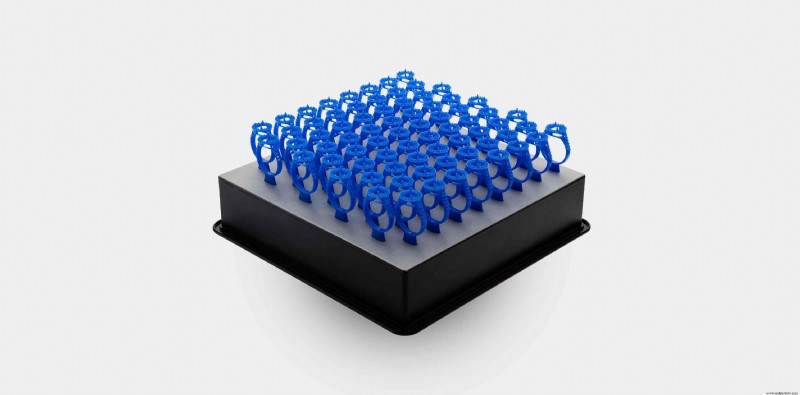
Image 3:3D printed jewelry models for use in investment casting. Source:Formlabs
Despite this, in other sectors such as industry, wax models are still common, perhaps due to the need for large models. Today, the appearance of high-volume 3D SLA printers such as the Form 3L or UniZ zSLTV, as well as the development of castable filaments such as PolyCast, make the size limitation less and less and that the industrial sectors can benefit from the Advantages of substituting 3D models for wax models.
Video 2:Using Polycast Filament. Source :Polymaker.
However, the production of wax models is also governed by the graph in Figure 1, reaching a point where the cost of making wax models using a mold is more profitable than producing the models by 3D printing. And even here, 3D printing has a lot to offer. The low melting temperature of the wax means that traditional aluminum or steel molds can be replaced by 3D printed molds , with the significant savings in economic and temporal costs that this entails.
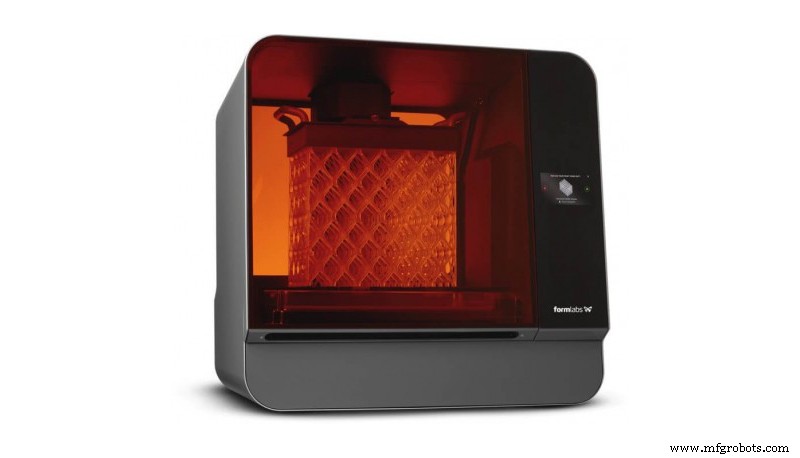
Image 4:Form 3L. Source:Formlabs
Injection molding
Injection molding is a formative manufacturing process in which die-cast plastic is injected into a removable mold and allowed to cool and solidify inside.
Traditionally the use of 3D printing in the manufacture of injection molds has been considered unfeasible. This has been due to two main reasons:the low thermal resistance of the polymers used in 3D printing and the surface roughness inherent in metal SLS 3d printing.
Today 3D printing cannot completely replace CNC-machined molds for injection , however the development of 3D printing materials SLA with high thermal and mechanical resistance has opened the door to the use of 3D printed molds.
An example is Formlabs High Temp resin, capable of withstanding temperatures of almost 300 ºC under a pressure of 0.45 MPa. Its high thermo-mechanical properties , together with the high resolution and excellent surface finish of SLA technology, make it an ideal material for the manufacture of molds.
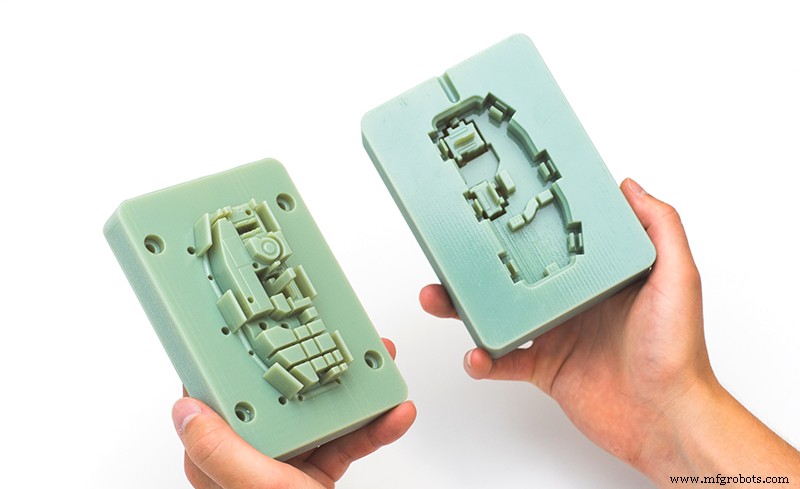
Image 5:Injection mold made by 3D printing SLA. Sourcee:3Dhubs
For this reason 3D printing can be an excellent complement in the production of injection molds. On the one hand it allows the production of economic molds for short series , and on the other hand it helps to verify the design of the metal molds before machining them . The latter is of great importance, since correcting a defect in a machined mold requires grinding processes and even the complete machining of a new mold, which leads to a significant increase in costs and a delay in production.
Silicone and thermoformed molds
Silicone and thermoformed molds are one-piece molds widely used in baking, cooking, jewelry or cosmetics.
It treats of very economic molds and of very simple manufacture. They are flexible or semi-flexible to facilitate demoulding, mainly used with non-melting or low-temperature melting materials such as chocolate, resins, cements, etc.
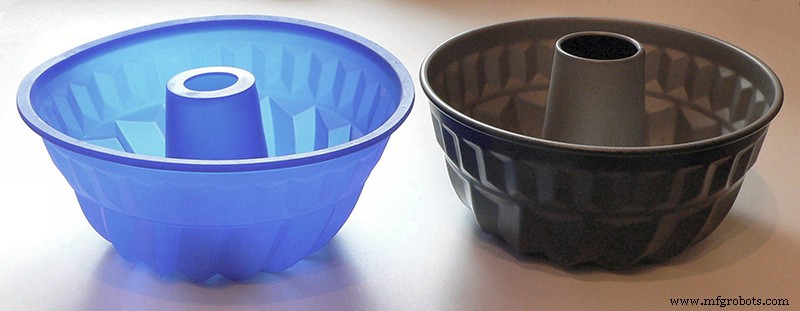
Image 6:Silicon molds. Sourcee:wikipedia
They are perhaps the most common type of mold and that we have all used at some time, for example to make ice cubes, chocolates or muffins.
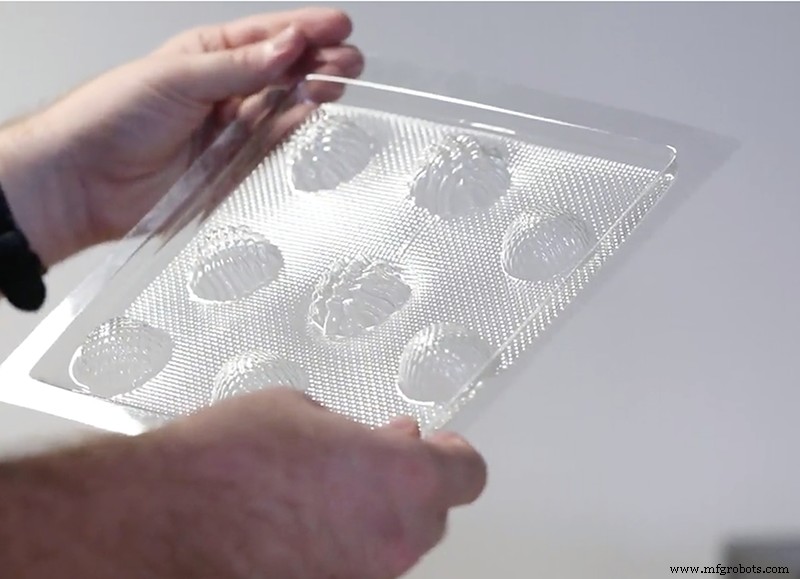
Image 7:Thermoformed mold. Source:Mayku
However, their use is not limited to domestic pastries, but they are widely used in jewelry to make resin jewelry components , or in art and decoration to produce elements in cement and plaster.
Despite the fact that its manufacture is very simple, the only way to make the molds is to have an original model to use as a template , and this is where 3D printing becomes useful.
3D printing provides the ability to obtain custom models, quickly and inexpensively to use as a template in the production of silicone and thermoformed molds. This, together with the availability of inexpensive thermoforming equipment such as the Mayku Formbox , make it possible for small patisseries, jewelery and artisans to produce their own personalized molds simply and inexpensively , giving added value to their products.
Video 3: Thermoformed with Mayku Formbox Source:Mayku
3D printing is not only a useful resource to reduce costs in low production volumes, but even in large productions, where the use of molds is essential, 3D printing has proven to be a very useful technology that can help its manufacture or in some cases even replace them.
impression en 3D
- Qu'est-ce que le rotomoulage ?
- Rotocasting vs rotomoulage :quelle est la différence ?
- L'impression 3D peut-elle remplacer le moulage par injection ?
- Qu'est-ce que la bioimpression ?
- Quelles poudres d'impression 3D métalliques pouvez-vous utiliser en 2020 ? [Guide]
- Qu'est-ce que l'impression 4D, de toute façon ?
- De quel type de machines pour le plastique ai-je besoin ?
- Qu'est-ce que l'impression 3D résine ?
- Qu'est-ce que le moulage de précision ?



